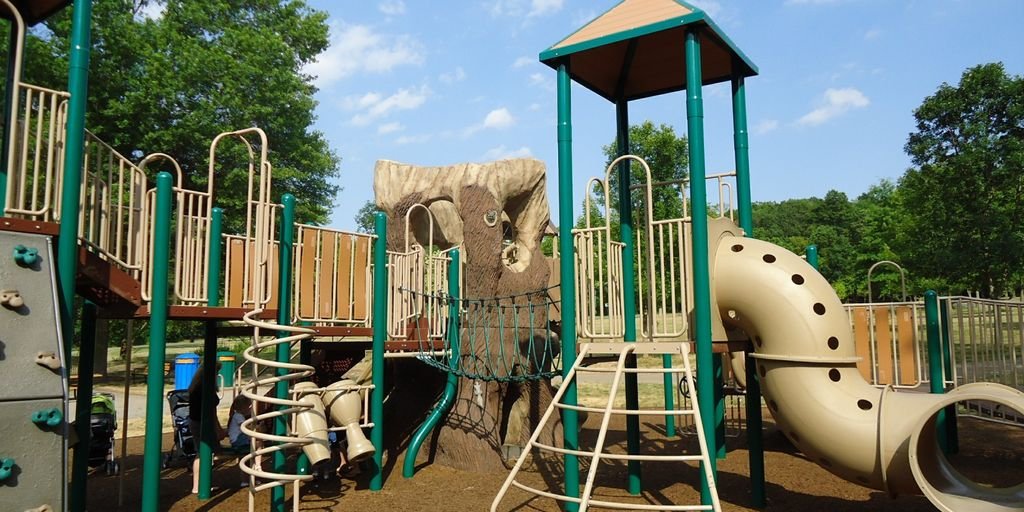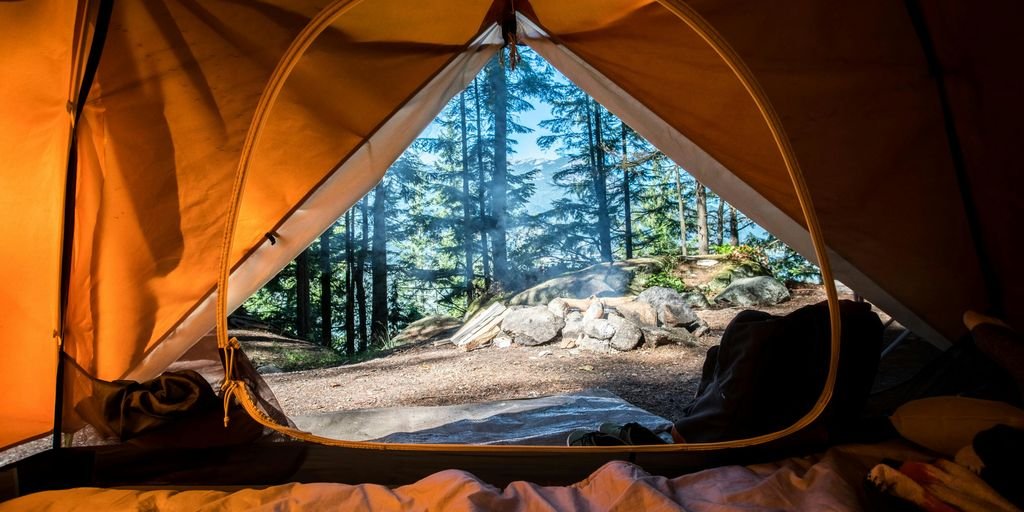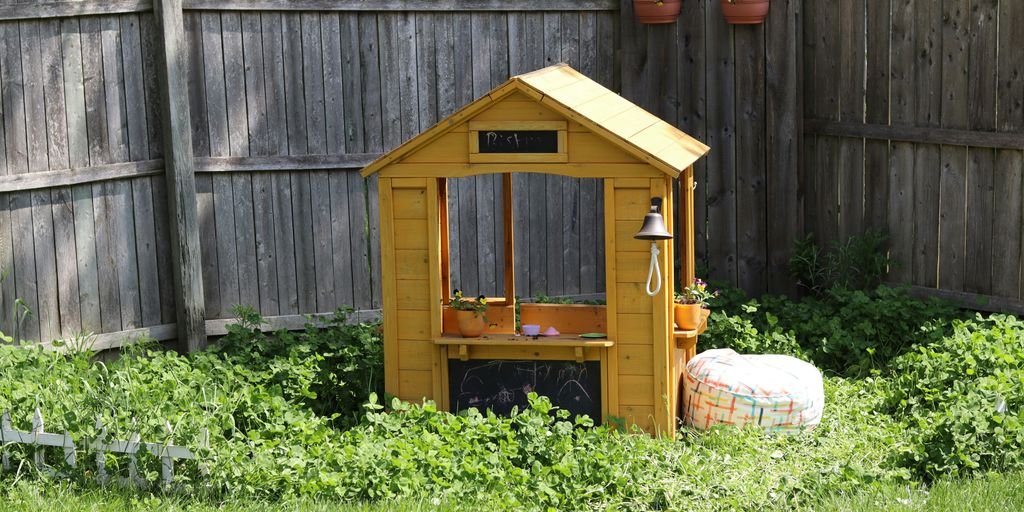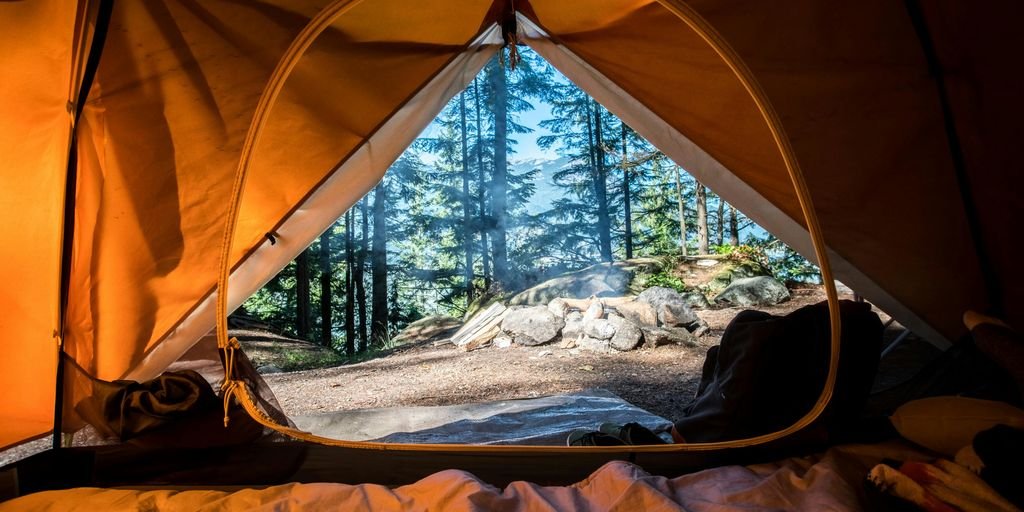For those who love exploring the great outdoors, having the right equipment is essential to make the most of your adventure. Whether you’re hiking, camping, or embarking on a backpacking trip, the right gear can enhance your experience and ensure your safety. In this guide, we’ll cover the must-have equipment for your next outdoor adventure, from navigation tools to shelter and sleeping gear, clothing, and safety essentials.
Key Takeaways
- Choosing the right backpack is crucial for comfort and functionality during your adventure.
- Essential navigation tools like maps, compasses, and GPS devices are vital for staying on track.
- Proper shelter and sleeping gear, such as tents and sleeping bags, ensure a comfortable night outdoors.
- Wearing appropriate clothing and footwear can protect you from the elements and enhance your comfort.
- Having reliable safety and first aid equipment can be a lifesaver in emergency situations.
Choosing the Right Backpack
A reliable backpack is the cornerstone of any outdoor adventure. Selecting the right backpack depends on your specific needs, the duration of your hikes, and the amount of gear you need to carry. Consider these factors carefully to ensure comfort and functionality during your trips.
Essential Navigation Tools
Maps and Compasses
Having the right navigation tools is crucial for staying on track during your outdoor adventures. Consider carrying a map and compass, which, while old school by today’s standards, are arguably a lot more reliable than technology. Make sure you’re familiar with how to use these tools before you embark on your journey.
GPS Devices
A GPS device can hugely simplify the process of finding your way. These devices provide real-time location data and can be a lifesaver in unfamiliar terrain. However, always have a backup plan, as technology can fail.
Smartphone Apps for Navigation
Smartphone apps for navigation are incredibly convenient and often come with features like offline maps and route planning. Ensure your phone is fully charged and consider carrying a portable charger to keep it powered during your adventure.
Shelter and Sleeping Gear
Selecting the Perfect Tent
A reliable tent is essential for any overnight camping trip or multi-day hike. Choose a tent that is lightweight, easy to set up, and durable enough to handle various weather conditions. Look for features such as waterproof materials, ventilation options, and a sturdy frame for stability.
Sleeping Bags and Pads
A good sleeping bag is crucial for staying warm and comfortable throughout the night. Consider the temperature rating, insulation type, and weight when selecting a sleeping bag. Pair it with a sleeping pad to provide cushioning and insulation from the ground.
Hammocks and Other Alternatives
For those who prefer a different sleeping experience, hammocks can be a great alternative. They are lightweight and easy to set up, making them ideal for warm weather camping. Other options include bivy sacks and tarps, which offer minimalistic shelter solutions for the adventurous camper.
Pro Tip: Always test your shelter and sleeping gear at home before heading out on your adventure to ensure everything works as expected.
Clothing and Footwear
When preparing for an outdoor adventure, dressing appropriately for the conditions is essential. Depending on the weather and your planned activities, you may need to pack waterproof jackets and pants, warm hats and gloves, and sturdy hiking boots or shoes. Don’t forget to bring extra layers, as temperatures can drop quickly in the evening.
Cooking and Food Storage
When venturing into the great outdoors, having the right cooking and food storage equipment is essential for a successful adventure. Proper food handling and storage are crucial to avoid foodborne illnesses. Keep perishable items in a cooler with ice or ice packs, and store all food in airtight containers or resealable bags. Wash your hands and utensils before and after handling food, and cook meats to their recommended internal temperatures.
Safety and First Aid

First Aid Kits and Supplies
A well-stocked first aid kit is crucial for handling minor injuries and emergencies during outdoor adventures. Ensure your kit includes essentials like bandages, antiseptic wipes, pain relievers, and any personal medications. Customize your first aid kit based on the activities you’ll be participating in and the potential risks involved.
Emergency Communication Devices
In remote areas, having reliable communication devices can be a lifesaver. Consider carrying:
- Satellite phones
- Personal locator beacons (PLBs)
- Two-way radios
These devices can help you stay connected and call for help if needed.
Basic Survival Tools
Equipping yourself with basic survival tools can make a significant difference in an emergency. Essential items include:
- Multi-tool or knife
- Fire starter
- Emergency blanket
- Whistle
Being prepared with the right safety and first aid equipment can provide peace of mind and ensure a safer adventure.
Lighting and Power Sources
When venturing into the great outdoors, having reliable lighting and power sources is crucial for safety and convenience. Nothing is scarier than being deep in the forest and unable to see because it’s so dark. Here are some essential tools to consider:
Headlamps and Flashlights
A headlamp is indispensable for hands-free illumination, making it easier to set up camp or navigate trails in low-light conditions. Flashlights are also essential, providing a focused beam of light for various tasks. Always pack extra batteries and consider bringing a backup light source.
Portable Chargers and Solar Panels
Keeping your devices charged is vital, especially for navigation and emergency communication. Portable chargers are convenient, but solar panels offer a sustainable option for longer trips. Look for lightweight and durable models that can withstand outdoor conditions.
Battery Management Tips
Effective battery management can extend the life of your devices. Here are some tips:
- Turn off devices when not in use.
- Use energy-saving modes if available.
- Keep batteries warm in cold conditions to maintain their efficiency.
Always bring multiple light sources so that you have a backup if one dies. This ensures you are never left in the dark during your adventure.
Conclusion
As you gear up for your next outdoor adventure, ensuring you have the right equipment is crucial for a safe and enjoyable experience. From navigation tools to shelter, clothing, and safety gear, each piece of equipment plays a vital role in your preparedness and comfort. Remember to research and test your gear before setting out, and always prioritize safety and environmental responsibility. By being well-prepared, you can fully immerse yourself in the beauty of nature and make the most of your outdoor excursions. Happy adventuring!
Frequently Asked Questions
What type of backpack is best for a weekend camping trip?
For a weekend camping trip, a medium-sized backpack with a capacity of 40-50 liters is usually sufficient. Look for features like multiple compartments, padded shoulder straps, and a comfortable hip belt for better weight distribution.
Do I need a GPS device if I have a smartphone?
While smartphones with GPS apps can be useful, a dedicated GPS device is more reliable in remote areas where cell service may be limited. GPS devices are also more durable and have longer battery life.
What should I look for in a good tent?
When selecting a tent, consider factors such as weight, capacity, weather resistance, and ease of setup. Look for a tent with a durable rainfly, strong poles, and good ventilation to ensure comfort and protection from the elements.
How do I choose the right footwear for hiking?
Choose hiking footwear based on the terrain and the length of your hike. For rugged trails, opt for sturdy hiking boots with good ankle support. For shorter, less challenging hikes, lightweight hiking shoes or trail runners may be sufficient.
What are the essential items to include in a first aid kit?
A basic first aid kit should include adhesive bandages, antiseptic wipes, gauze pads, medical tape, tweezers, pain relievers, and any personal medications. Consider adding items like a CPR mask, blister treatment, and a first aid manual for more comprehensive coverage.
How can I keep my devices charged during a multi-day trip?
To keep your devices charged, consider bringing portable chargers and solar panels. Look for high-capacity power banks and lightweight, foldable solar panels that can easily fit in your backpack. Additionally, manage battery usage by turning off unnecessary features and keeping devices in power-saving mode.



